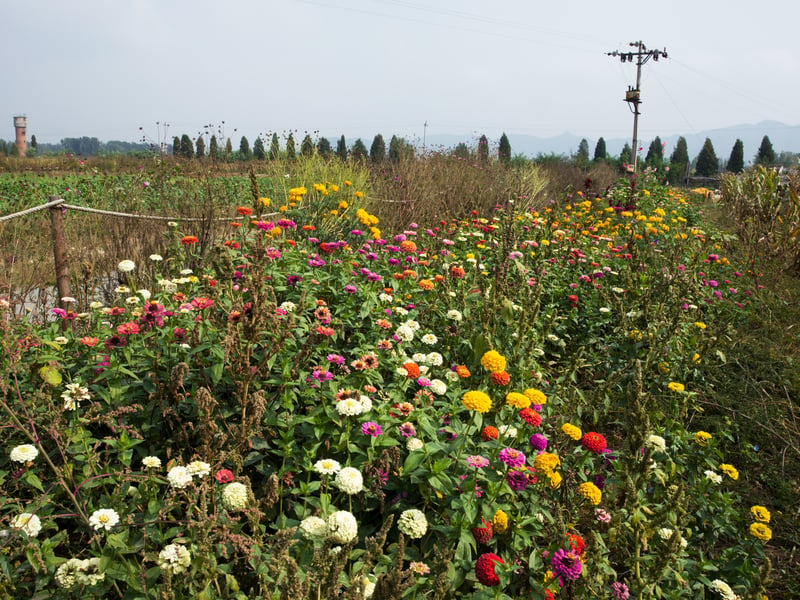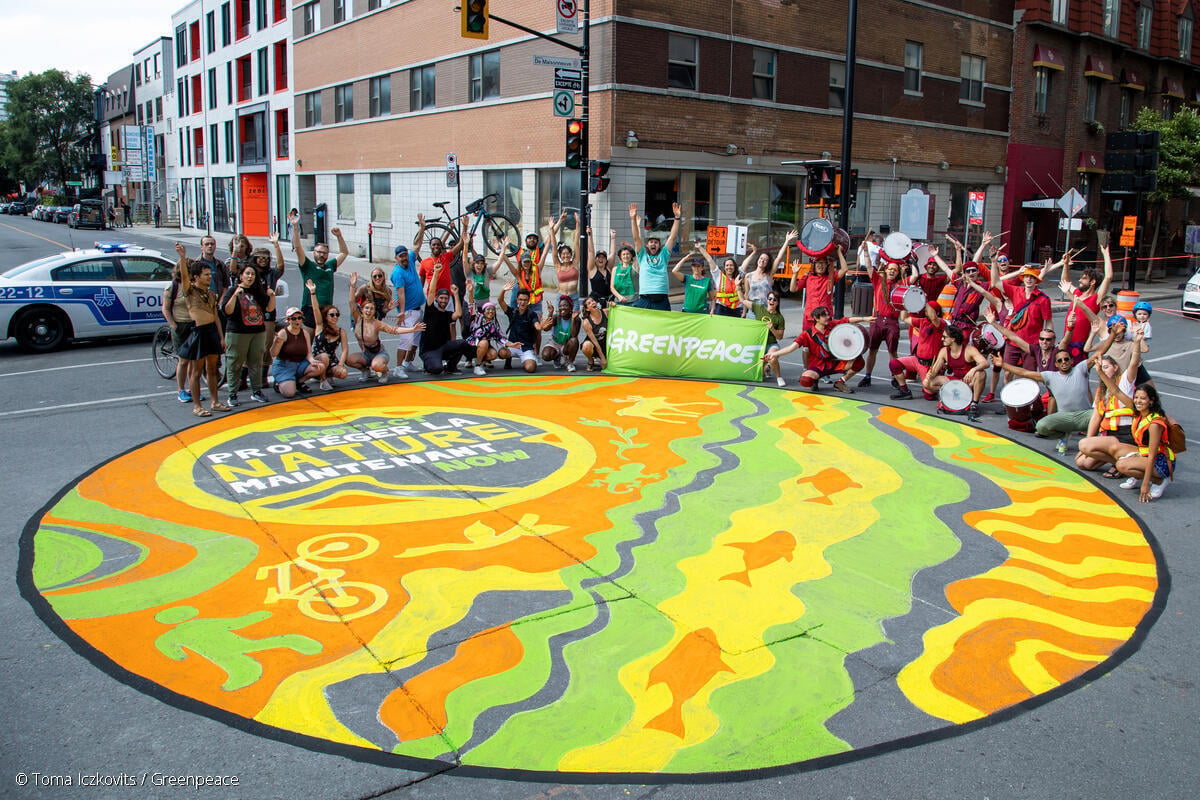July 26, 2018 (VAL D’OR & MONTRÉAL) – Three environmental NGOs ring the alarm today with regards to the Wood Production Strategy to drastically increase the quantity of wood produced in Québec, hence assigning a quarter of the managed public forests to a forest intensification regime for timber production (*AIPL). Société pour la nature et les parcs (CPAWS/SNAP Québec), l’Action Boréale and Greenpeace Canada jointly raise a flag on this topic since the provincial government launched in june its under-the-radar online public Consultation on the Consultation on the Québec Wood Production Strategy.
There’s a lack of balance between the forests quantified to maximise wood production versus those to be protected. The three organisations highlight that only 10% of Quebec’s in-land territories are protected.
Poorly Managed Process
The decision leading to assigning 25% of territories for intensified timber production areas (AIPL*) reflects poor management and and absent regulations.
“Designing intensified timber production areas is a clear shift in prioritization which needs precisions in the implementation process, the parties at risk and the proportions of the forest areas which will be transformed. When it takes years to protect an area, it should take as long to put in place rigourous rules to oversee the creation of new intensified timber production areas.” explains Pier-Olivier Boudreault, conservation biologist at SNAP Québec.
The groups consider that creating intensified timber production areas should follow the same process of the creation of protected areas, which included consulting with First Nations, a public consultation by the BAPE, an oversight by the Ministry of the Environment in addition to an exhaustive analysis auditing all the elements which are affected in the targeted areas.
Profitability
AIPL entails extensive planting or treatments in order to maximise the growth and thus the production of wood over decades. These measures imply massive investments by the Quebec government, and by consequence taxpayers.
“The government seems to be content with selling our public forests without putting up front the cost-efficiency nor the economic profitability of such a move, let alone the return on investment of its regular operations. If intensified timber production areas are further created as proposed, this would fail to respond to a growing worldwide market demand for eco-friendly forest products, which basically ensure biodiversity; not to mention that this decision also omits to consult First Nations.” adds Olivier Kolmel, Forest campaigner for Greenpeace Canada.
The Québec Wood Production Strategy must focus on the diversification of its economic offer in terms of forest products while helping develop local demand for Quebec manufactured products.
Consultation: Reviewing Methods
The consultation process is inadequate since it excludes specific indigenous peoples’ consultations, and that is despite the existing Stratégie d’Aménagement Durable des Forêts**.
“The MFFP is taking advantage of the low profile summer season, with the elections approaching, to transform 25% of our public forests into territories that are solely dedicated to intensified timber production sculpting for 2×4 trees.This in no way helps us preserve biodiversity and decreases other potential forest goods, such as fishing,hunting, berry picking and sustenance needs for First Nations. So it is not surprising that the MFFP favors the production of timber over the need to protect larger chunks of our forests.” points out Henri Jacob, president of l’Action Boréale.
The organisations intend to submit their comments to consultation which closes on August 6th, and invites the wider public to express their points of view too.
– 30 –
*In french, technical name is Aires d’intensification de la production ligneuse (AIPL)
**Unavailable in english
Notes to Editors:
- Consultation on the Québec Wood Production Strategy.
- Over twenty companies who source their products from the boreal forest called upon the Québec government to protect the caribou and its natural habitat. These companies are worth US$600 billion in shares. Letters are available here and here.
- According to MFFP 2015-2016 data, nearly a quarter of wood annually produced has not been used. A growing trend ( p. 7-8).
- Under the Convention on Biological Diversity, Québec had committed to protect 17% of inland territories by 2020. So far only 10,2% is protected. SNAP’s most recent report on the matter can fully inform you.
For Interviews :
Charlène Daubenfeld
Communications Officer, SNAP Québec
Cell : 514-378-3880 ,Bureau : 514-278-7627 #221 ,[email protected]
Loujain Kurdi
Communications Officer, Greenpeace Canada , Cell : (514) 577-6657, [email protected]
Henri Jacob, President, Action Boréale
Tél : 819-738-5261
  |





Discussion
goodjob